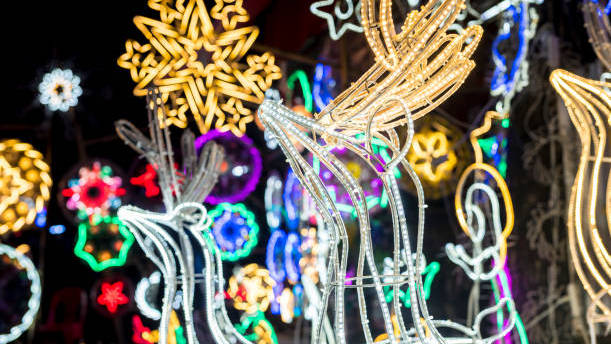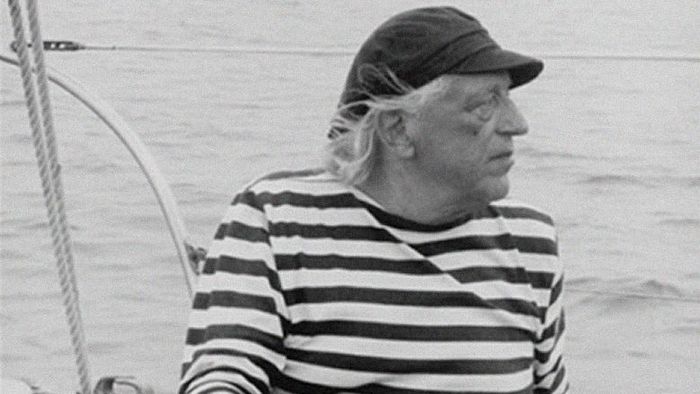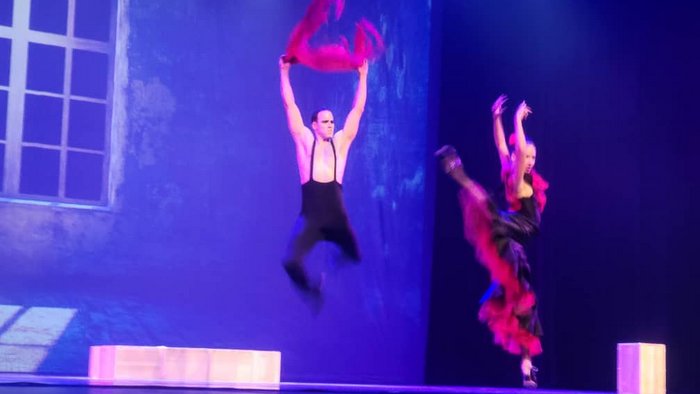Memory is a great ally, especially if it brings the reality that has been achieved, step by step, without pending experiences or submissions of any kind. A reality made ??from the art, for the art and art debtor.
This is the case of Alberto Lescay, whom we found when in these journal pages he was young, in the remote but indispensable and singular era of the seventies, and the no less remote Soviet Socialist Republics Union. A young Albert, full of curiosity and criteria, that misses his romance, his habits and his family, but ready to find in the Leningrad Repin Academy something more than a sort of classes and concepts.
We will have the privilege of reading the pages of this ancient notebook, already a book, thank not only to the eager acting of the artist, but the consecrated crafts that love always imposes as necessary caress . In this case we are indebted of the work of Marina Lourdes Jacobo Garcia, who was responsible for the decryption and subsequent formation of what was once one material against nostalgia, against rabies, against loneliness.
Marina Lourdes explains her work in prologue that precedes the artist writing, but does not explain how she has quietly studied the Lescay's work for all these years, without curtail time and effort to do so. She says in this threshold "Lescay, like Achilles when abandoned his anger when his friend died, won the battle of creation when he discovered the greatest truths in art".
The Holguin Editorial sincerely thanks him the ability to present today to everyone, especially young students of Art, the annotations who is, from a long time ago, one of the most essential sculptors and promoters of the Cuban Art.
In our catalog of the Holguin Editorial there are volumes that appear to be enlightened by the flame of tenacity, such is the case of Agenda de Notas, by Alberto Lescay Merencio, a man who only thought about images, and to his surprise is now an indispensable part of literary culture in the island.
And maybe this book is the answer to what worried him on November 6th, 1973, when Lescay pointed in his diary one line question: Why writing?
Memory is a great ally, especially if it brings the reality that has been achieved, step by step, without pending experiences or submissions of any kind. A reality made ??from the art, for the art and art debtor.
This is the case of Alberto Lescay, whom we found when in these journal pages he was young, in the remote but indispensable and singular era of the seventies, and the no less remote Soviet Socialist Republics Union. A young Albert, full of curiosity and criteria, that misses his romance, his habits and his family, but ready to find in the Leningrad Repin Academy something more than a sort of classes and concepts.
We will have the privilege of reading the pages of this ancient notebook, already a book, thank not only to the eager acting of the artist, but the consecrated crafts that love always imposes as necessary caress . In this case we are indebted of the work of Marina Lourdes Jacobo Garcia, who was responsible for the decryption and subsequent formation of what was once one material against nostalgia, against rabies, against loneliness.
Marina Lourdes explains her work in prologue that precedes the artist writing, but does not explain how she has quietly studied the Lescay's work for all these years, without curtail time and effort to do so. She says in this threshold "Lescay, like Achilles when abandoned his anger when his friend died, won the battle of creation when he discovered the greatest truths in art".
The Holguin Editorial sincerely thanks him the ability to present today to everyone, especially young students of Art, the annotations who is, from a long time ago, one of the most essential sculptors and promoters of the Cuban Art.
In our catalog of the Holguin Editorial there are volumes that appear to be enlightened by the flame of tenacity, such is the case of Agenda de Notas, by Alberto Lescay Merencio, a man who only thought about images, and to his surprise is now an indispensable part of literary culture in the island.
And maybe this book is the answer to what worried him on November 6th, 1973, when Lescay pointed in his diary one line question: Why writing?


















